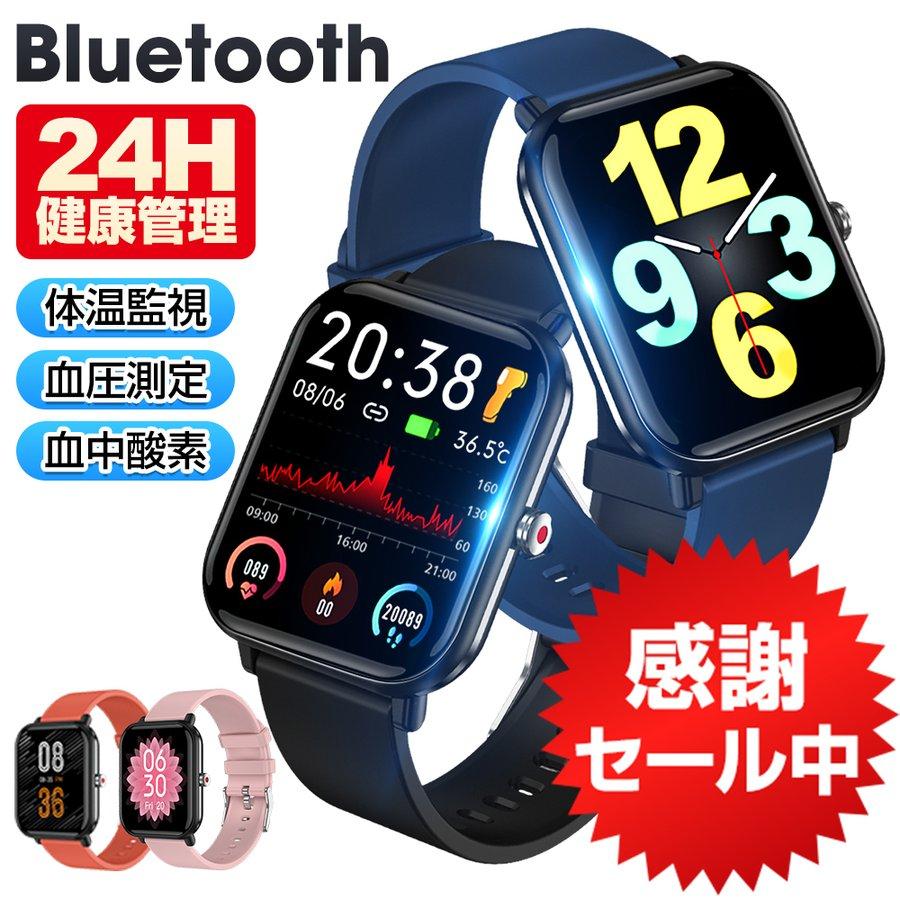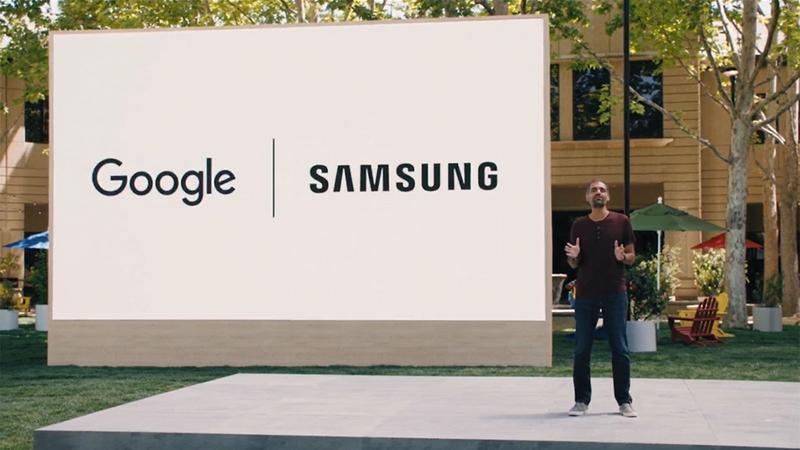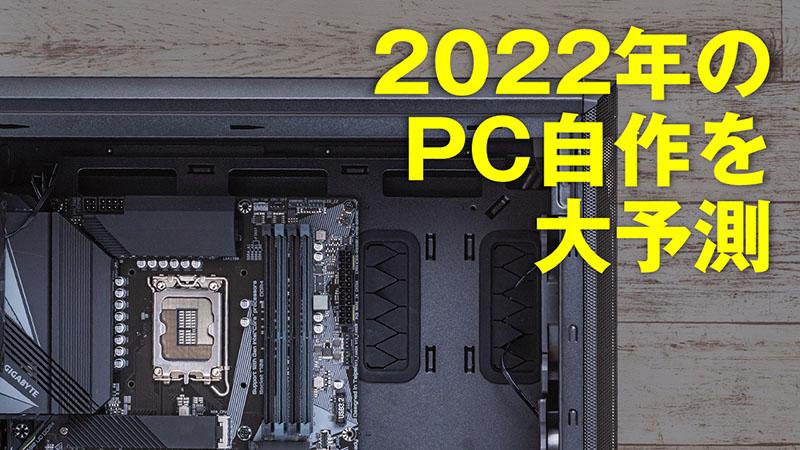[Early spring loose talk] The theory that Sony has returned, as seen from Sony "wena 3"
One thing I bought last year that I use every day and haven't mentioned in the article yet is the Sony wena 3. For details, I would like to write a long-term review article (if I have time), but as for what the "Sony-ness" of this product is, not only our company but also other media have been able to mention it. I don't think so. In fact, even in Gizmodo's article, there were so many comments about "feeling the spirit of Sony" that I always regretted it.
Last year, I decided to talk to Mr. Atsushi Hasebe, a freelance editor who was the only person I occasionally went to for tea. He is a former GoodsPress/BestGear editor-in-chief, and is currently a supervisor of Mastered, a specialist who has continued to pursue products.
…On the surface, Sony was doing an online special program when wena 3 was announced, and I happened to be making a guest appearance there, so I thought, ``What, if it's Sony's endorsement, Hasebe. (I also like Sony)" was the main motivation (Gizmodo Editor-in-Chief, Kazumi Oda).
Oda: In Gizmodo, this is the first time we've had a conversation since the Apple Watch came out. I hate to say it, but it's been 7 years and there are no more articles (laughs). At that time, I was not familiar with smart watches, so I was fumbling about how to evaluate them. At Giz, I could understand the gadget side of things, but I didn't yet have a standard for evaluating watches. At that time, I received guidance from Mr. Hasebe, who is a little more knowledgeable about watches than I am.
Hasebe: Certainly, it's a little detailed (laughs). But it was rare to find someone who had covered both mobile internet and watches to some degree. At that time, we talked about the quality of the Apple Watch as a watch. Recently, various smart watches from watch manufacturers have been released, so the quality of each product is rapidly improving. Electronics and watches are completely different in terms of manufacturing thinking and the pursuit of details. The Apple Watch was the first to overcome that barrier.
Personally, I like watches with mesh belts, but mesh belts are sensitive and require high craftsmanship. From the beginning, the Apple Watch has achieved a high-quality mesh belt (Milanese loop) at a reasonable price, and I told you that the enthusiasm for the texture is amazing.
Oda: At that time, I was just talking about the belt, ignoring the main body, and getting a little nervous (laughs). But Apple itself knew well back then that watches were different from phones. At the recital, I called in a lot of big names in the fashion world. The weaknesses of gadgets are tradition and specialization. It's a general term for a certain kind of possessiveness, and it has a destiny because it doesn't have substance. For example, cars are rapidly becoming gadgets, and EVs and self-driving cars are trending.
Hasebe: Finally Porsche came out.
Oda: Oh yeah. On the other hand, companies such as Tesla, which started with electric vehicles from the beginning, are also expanding. There is a clear difference between cars made by legacy car manufacturers and those made by other manufacturers. It is said that ride comfort and drive feel are getting better. After all, the question remains "It seems to be convenient in various ways, but how is it as a car in the first place?" I couldn't help but feel that way when I was allowed to test drive the early model. Tesla and smartphones are not much different in terms of hardware components. Trying to solve everything with software, there is no engine. There is always an axis of opposition to this kind of "identity as a tool", and I think this is where most of the challenges that arise in the process of turning existing genres into gadgets, whether it be watches, cars, or homes.
Changes in the watch industry due to smartwatches and the “role” of wristwatches
Hasebe: With the emergence of smartwatches, there is a sense of anticipation about how lifestyles will change through the use of smartwatches. There was. When smartphones appeared, SNS spread and communication changed dramatically, but I expected that such a big change would happen with smartwatches, but surprisingly it didn't.
For now, it's just a convenient tool that works with a smartphone.
Oda: Surprisingly, it hasn't evolved in that area.
Hasebe: I think wristwatches have already completed their role in the practical sense of "knowing the time." However, when the Swiss watch industry was about to fall apart due to the spread of quartz, it has a historical history of reorganizing the large market by appealing to the value of craftsmanship, which is manually assembled by craftsmen and driven by a mainspring. There is.
Just as smartphones eroded the digital camera market, there were opinions that wristwatches would be unnecessary when mobile phones came out, but we managed to clear that up and we are now. Smartwatches are definitely transforming the watch industry, but it's very interesting to see what lies ahead.
Oda: I used the Apple Watch until the third generation, but I stopped using it after I started watching it everywhere. It's an excellent product without any complaints, but watches get really cold when worn by other people. After all, it's fashion, and it's about showing your identity.
Hasebe: People who jumped on the early Apple Watch were people who were always looking for something new and different from commodities. It's no longer rare these days, but that's the fate of digital gadgets. Apple understands that, so maybe they are collaborating with Hermès.
Oda: A little while ago, I was asked by a certain newspaper to serve as a judge in a project to select the best smartwatches. I collected and checked most of the smartwatches on the market, and then there was Sony's wena. I like vintage mechanical watches, and I was attracted to the fact that the belt part has a function. Then you can use your own old watch by replacing it. That's why I've been wondering about wena for a long time, but at the time wena 2 didn't support Suica, and it didn't reach the level of functionality I wanted. Even so, I highly valued the point that suggests a new direction and recommended it quite high.
![[Early Spring Talk] Sony's [Early Spring Talk] Sony](https://website-google-hk.oss-cn-hongkong.aliyuncs.com/drawing/article_results_9/2022/3/9/46ed1a59619d70954994c041b85ae53e_3.jpeg)
Hasebe: As a digital gadget, wena 2 was still weak.
Oda: I'm sorry for those who have Unit 01 or wena 2, but they were weak! That's why I was the only judge to recommend it. Well-known tech journalists and writers were there, but even Sony's reputation was low (laughs).
I was the only one in the Gizmodo editorial department who was excited about wena 3 before it was released. Mr. Tsunafuji and others looked puzzled even when I explained how amazing wena was this time. No one wanted to go to the press conference, so I went alone (laughs).
But when I checked the actual wena 3, I was surprised to see that the performance was really improved. The display also used to look like a news display in the Shinkansen passenger seat, but this time it can display various information properly. Also, it is very convenient to be able to use electronic money such as Suica.
Hasebe: The wena 3 is clearly different from the previous model. The display quality is getting better, but the body itself is getting smaller. This display has been designed with proper calculations down to the display font. It has a high texture as something to wear. This wena 3 feels like it's targeted at watch lovers rather than digital gadget lovers.
Oda: Gadget lovers who aren't interested in watches may not be able to appreciate the wena 3. It's evolved, but compared to the Apple Watch... so. Especially the app is still there. But unexpectedly, Gizmodo readers seemed to get caught up in it, and the article when wena 3 was announced was a big hit. Why? When I checked it out, there were many opinions that "A smart watch like Sony has finally come out."
Hasebe: People would have expected something like Sony. Looking back over Sony's history, there have been many products that have influenced people's lifestyles, just as the Walkman changed the relationship between people and music when it came out. I think smartwatches are important for passing on the wristwatch culture to younger generations, and the wena 3 feels like a product that Sony created based on the “watch culture”.
Oda: It's Sony's specialty to create new values that didn't exist in the world until then, such as Walkman and AIBO. Occasionally, you put out a product that you developed on the spur of the moment, outside of marketing. Of course, there were many things that didn't sell at all, but it's also true that some of them were born that would change our lifestyles greatly, and wena 3 feels like that.
Hasebe: It's not just Sony, but Japanese manufacturers have a history of doing that to a greater or lesser extent. However, now we are focusing on marketing and trying to create products that will surely sell, eliminating waste. As a result, it became a mere price competition, resulting in losing the market to overseas manufacturers. But the data collected by ordinary marketing is nothing more than centralized data, such as fixing past deficiencies. I don't think a zero-or-one product like the wena 3 would come from normal marketing.
Oda: Sony was originally a company where the president was an engineer, so I wonder if those genes are still alive. I think of Sony today as a sensor company. After all, if Dyson is a motor company and Tesla is a battery company, now Sony is a sensor engineering company. A typical example is the camera, but when the car was announced at CES last year and became a hot topic, I thought, ``Oh, I don't want to put out a car, but I want to try a sensor for automatic driving.'' rice field. Engineer at heart. The wena 3's sensor uses a unique method (accelerometer and dual optical heart rate sensor), which is probably part of the commitment of an engineering company.
Hasebe: wena is a product that was created by entrusting a young project team to "try it". The person at the top of this project originally had the concept for this kind of product when he was a student, and he entered Sony and developed it into the wena project.
From wena 2 to 3, the display has become larger and the battery capacity has increased, but the overall size has been reduced to about 2/3. Miniaturization is the true value of the know-how that Sony has cultivated, but it seems that the mobile phone team that used to be at Sony Ericsson was involved in the technology related to miniaturization of wena 3. I was impressed that the tradition is alive and well in such a place.
What we expect from Sony
Oda: While I feel that Sony has some outstanding ideas, it also has an aesthetic that values tradition. Of course, we are aware that we are not a watch maker, so I think the idea is to leave the watch part to the watch maker and dare to compete with the belt part.
Hasebe: I feel respect for the history of wristwatches. Even with collaborations with long-established Japanese brands such as Citizen and Seiko, I can feel the spirit of revitalizing Japanese watch culture. That's probably why the watch heads are designed by Shunji Yamanaka, Giugiaro, and other designers who have already created masterpieces in the watch industry. Mr. Shunji Yamanaka's design is really good, and in my case, I bought the wena 3 because I wanted that head part.
Oda: Even just looking at it as a watch, the quality is high.
Hasebe: Practical functions have increased significantly, and considering that you can use it in combination with your favorite watch, I think it will resonate with conventional watch fans. However, I personally wish it was a little easier to replace the watch. It's a type that can be replaced with a spring bar, but with the current structure, it's a bit cumbersome to replace, so if you can replace the watch more easily, I think it will appeal strongly to watch fans. I would like to expect there in the next version.
Oda: The weight and fit are pretty good, aren't they? I think they do a lot of research on that. However, this is not limited to the wena 3, but the buckle hits the table and gets in the way when you are typing on the computer keyboard. I'm sure it's durable because it uses gorilla glass, but I wonder if it's a little annoying when working remotely.
That's why I think it would be interesting if wena 3 can be used as a simple bracelet or wristband, not just a watch. A regular watch on the left. The right hand is a wena 3 wristband. That way, wena 3's display can be positioned upwards, and the right hand is easier to pick at the ticket gate, isn't it? At the moment, we don't have a band with a good design, so I think I'll develop a product with Gizmodo (laughs).
Hasebe: After all, we want to make good use of the strengths of wristbands. The display is horizontally long thanks to the shape of the wristband, and it's nice to be able to easily read small text notifications such as LINE and messages.
Oda: Notification text is much easier to read than other smartwatches. I think that it is suitable for Japanese display because the amount of information in one line is large. It's a display method that other companies don't do much, and I think it has a lot of development possibilities. In terms of interface, I feel that the perspective is different from that of conventional smartwatch makers, and I think that it is a product that successfully demonstrates Sony's uniqueness.
Hasebe: That's right. I think it's a product that will make you feel excited for a long time.
Photo: Hiroki Ohara








